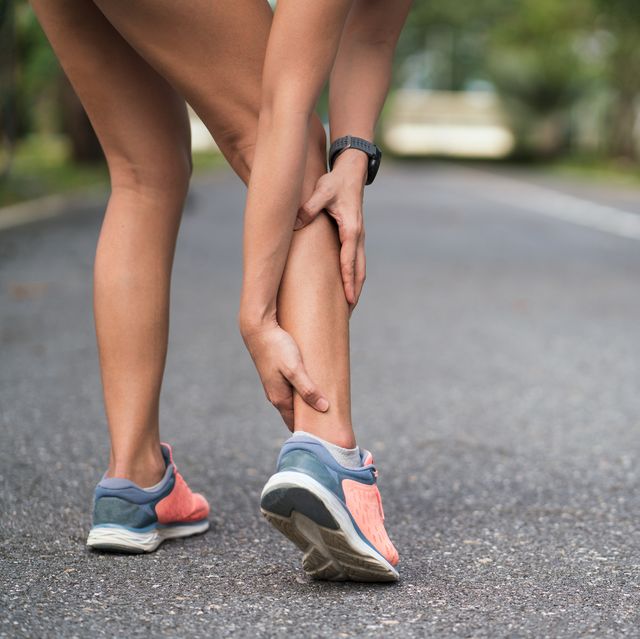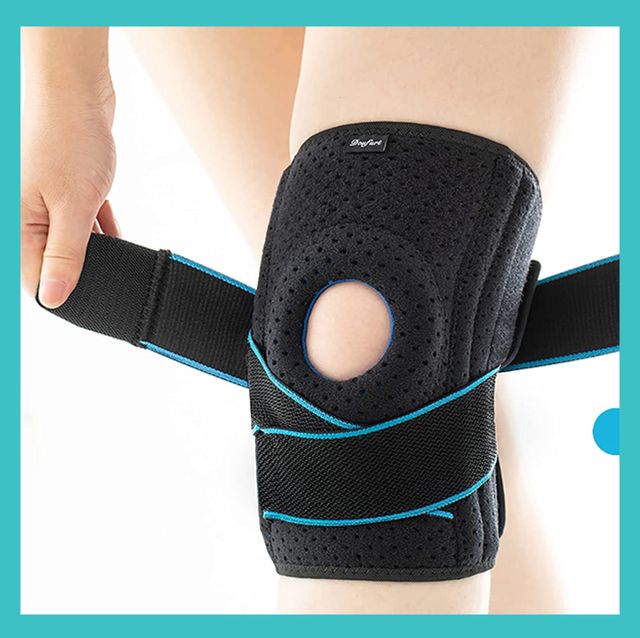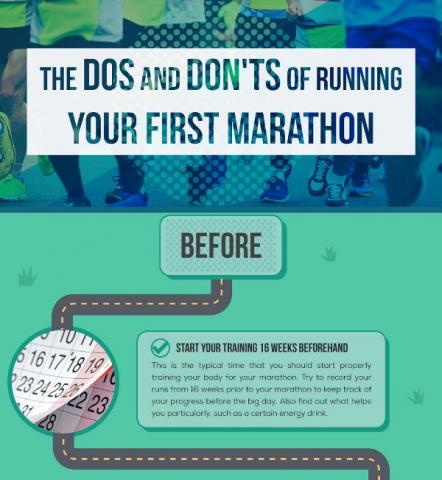Achilles Pain While Running? Common Causes
Achilles pain while running can be caused by overuse, improper footwear, tight calf muscles, or a sudden increase in activity. It’s essential to address the root cause of the pain to prevent further injury and optimize performance.
Experiencing Achilles pain during running can be frustrating and hinder your ability to achieve your fitness goals. It’s crucial to understand the common causes of this discomfort to effectively manage and prevent it in the future. By taking proactive steps to address issues such as overuse, improper footwear, or tight calf muscles, you can enhance your running experience and minimize the risk of enduring ongoing pain.
We will explore the various factors that can contribute to Achilles pain while running and provide insights on how to alleviate discomfort for a more enjoyable and pain-free running experience.

Credit: www.runtothefinish.com
Understanding Achilles Pain
Understanding Achilles pain is crucial for runners to prevent and manage injuries. The Achilles tendon, located at the back of the ankle, plays a vital role in running. In this section, we will explore the anatomy of the Achilles tendon and its role in running, providing insight into the common causes of Achilles pain while running.
Anatomy Of The Achilles Tendon
The Achilles tendon is the largest and strongest tendon in the human body, connecting the calf muscles to the heel bone. Comprised of tough, fibrous tissue, it withstands significant forces during running and other activities. The tendon’s structure and composition make it vulnerable to overuse and injury, leading to Achilles pain.
Role Of The Achilles Tendon In Running
The Achilles tendon acts like a spring, absorbing and releasing energy with each step during running. It provides the necessary propulsion for forward movement and contributes to the stability of the ankle joint. Thus, any impairment or damage to the Achilles tendon can result in significant discomfort and hinder a runner’s performance.
Common Causes Of Achilles Pain
Achilles pain while running can be attributed to various common causes. Understanding these factors can help prevent and manage this discomfort effectively.
Overuse And Repetitive Strain
Overusing the Achilles tendon through repetitive activities like running can lead to strain and pain.
Poor Foot Biomechanics
Improper foot alignment and mechanics can put excessive stress on the Achilles tendon, causing pain.
Tight Calf Muscles
Tight calf muscles can increase the strain on the Achilles tendon, leading to discomfort during running.
Improper Footwear
Wearing shoes that do not provide adequate support or cushioning can contribute to Achilles pain while running.
Sudden Increase In Training Intensity
Rapidly ramping up the intensity of training without proper conditioning can strain the Achilles tendon, causing pain.
Signs And Symptoms Of Achilles Pain
Experiencing Achilles pain while running? Learn about the signs and symptoms of Achilles pain, as well as the common causes that could be contributing to your discomfort. Gain insights into how to alleviate and prevent this issue for smoother and pain-free runs.
Achilles pain can manifest through various signs and symptoms, indicating underlying issues that need attention.Pain And Tenderness At The Back Of The Heel
Initial indicator of Achilles pain, often felt as a dull, aching sensation.Stiffness And Swelling
Stiffness and swelling around the Achilles tendon indicate inflammation and strain.Difficulty Or Painful Walking Or Running
Simple movements like walking or running become uncomfortable or painful.Decreased Range Of Motion
Limited movement with difficulty extending the foot, signifying Achilles tendon problems.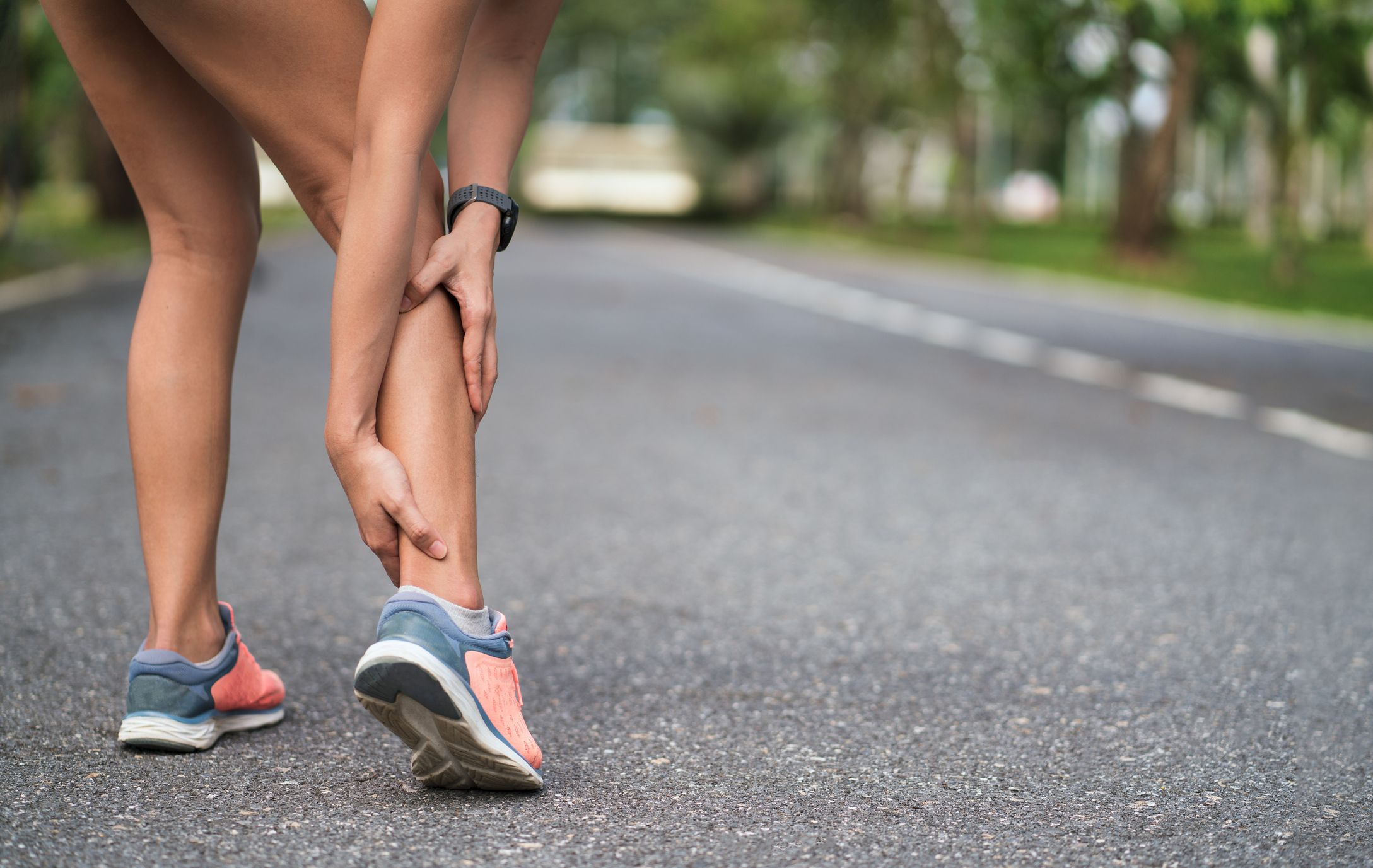
Credit: www.runnersworld.com
Prevention And Treatment Of Achilles Pain
Achilles pain while running can be a frustrating and limiting issue for many athletes. However, with proper prevention and treatment strategies, it is possible to mitigate the risk of Achilles pain and manage it effectively. Here, we delve into some key methods to prevent and treat Achilles pain so that you can continue to enjoy your running routine without being hindered by discomfort or injury.
Proper Warm-up And Stretching
To prevent Achilles pain, it is crucial to incorporate a thorough warm-up routine into your pre-running regimen. This should include gentle cardiovascular exercises such as brisk walking or light jogging, followed by dynamic stretching to prepare the muscles and tendons for the upcoming activity. Dynamic stretching involves controlled movements that mimic the actions of running, and it is particularly beneficial for improving flexibility and reducing the risk of injury.
Strengthening Exercises For The Calf Muscles
Engaging in regular strengthening exercises for the calf muscles through activities such as calf raises and toe walking can help to enhance the resilience of the Achilles tendon. Strong and well-conditioned calf muscles lessen the strain on the Achilles tendon during running, thereby reducing the likelihood of experiencing pain or injury.
Gradual Increase In Training Intensity
It is essential to gradually increase the intensity and duration of your training sessions to allow your body to adapt and become stronger over time. Abruptly intensifying your running regimen can place unnecessary stress on the Achilles tendon, increasing the risk of developing pain and inflammation. By incrementally progressing your training, you give your body the opportunity to adapt and strengthen without overburdening the tendon.
Appropriate Footwear And Orthotics
The significance of wearing appropriate footwear and possibly utilizing orthotic inserts cannot be overstated when it comes to safeguarding against Achilles pain. Opt for shoes that provide ample cushioning and support for the arches and heels, as this can help to alleviate strain on the Achilles tendon and minimize the impact of running-related forces.
Rest And Ice Therapy
Following challenging running sessions, it is crucial to prioritize adequate rest and recovery, and to employ ice therapy as needed to alleviate any discomfort or swelling. Implementing brief periods of rest between training days and dedicating time for proper post-run recovery can aid in preventing overuse injuries and ensuring the health of the Achilles tendon.
Medical Interventions (corticosteroid Injections Or Physical Therapy)
In cases of persistent Achilles pain, seeking medical interventions such as corticosteroid injections or physical therapy can be beneficial in promoting healing and alleviating symptoms. Corticosteroid injections can help to reduce inflammation in the tendon, while physical therapy can assist in re-establishing strength and flexibility in the affected area.
When To Seek Medical Attention
Achilles pain while running can be a common occurrence for many athletes, but it’s important to know when to seek medical attention. Ignoring persistent or worsening pain can lead to further damage and potentially prolong your recovery time. There are several signs that indicate it’s time to consult a healthcare professional:
If you experience persistent or worsening pain in your Achilles tendon while running, it’s crucial to seek medical attention. Pain that doesn’t go away or gets worse over time may indicate a more serious underlying issue, such as Achilles tendinitis or even a partial tear in the tendon. A healthcare professional can assess your condition and provide appropriate treatment to prevent further damage.
Inability to Bear Weight on the Affected Foot
If you find it difficult to bear weight on the affected foot due to Achilles pain, it’s advisable to see a doctor. This could be a sign of a significant injury, such as a complete tear in the Achilles tendon. Seeking medical attention promptly can help determine the extent of the injury and guide you in receiving the appropriate treatment, such as immobilization, physical therapy, or, in severe cases, surgery.
Noticeable Changes in the Appearance of the Achilles Tendon
If you notice any noticeable changes in the appearance of your Achilles tendon, it’s best to consult a healthcare professional. Look out for signs like swelling, redness, or thickening of the tendon. These changes could indicate an acute injury or chronic condition like tendinopathy. Medical attention will help diagnose the issue accurately and provide tailored treatment recommendations to promote healing.
Severe swelling or bruising around the Achilles tendon area is another sign to seek medical attention. This could suggest a more severe injury, such as a complete tear or rupture of the tendon. An examination by a healthcare professional can help determine the extent of the damage and guide treatment options for optimal recovery.
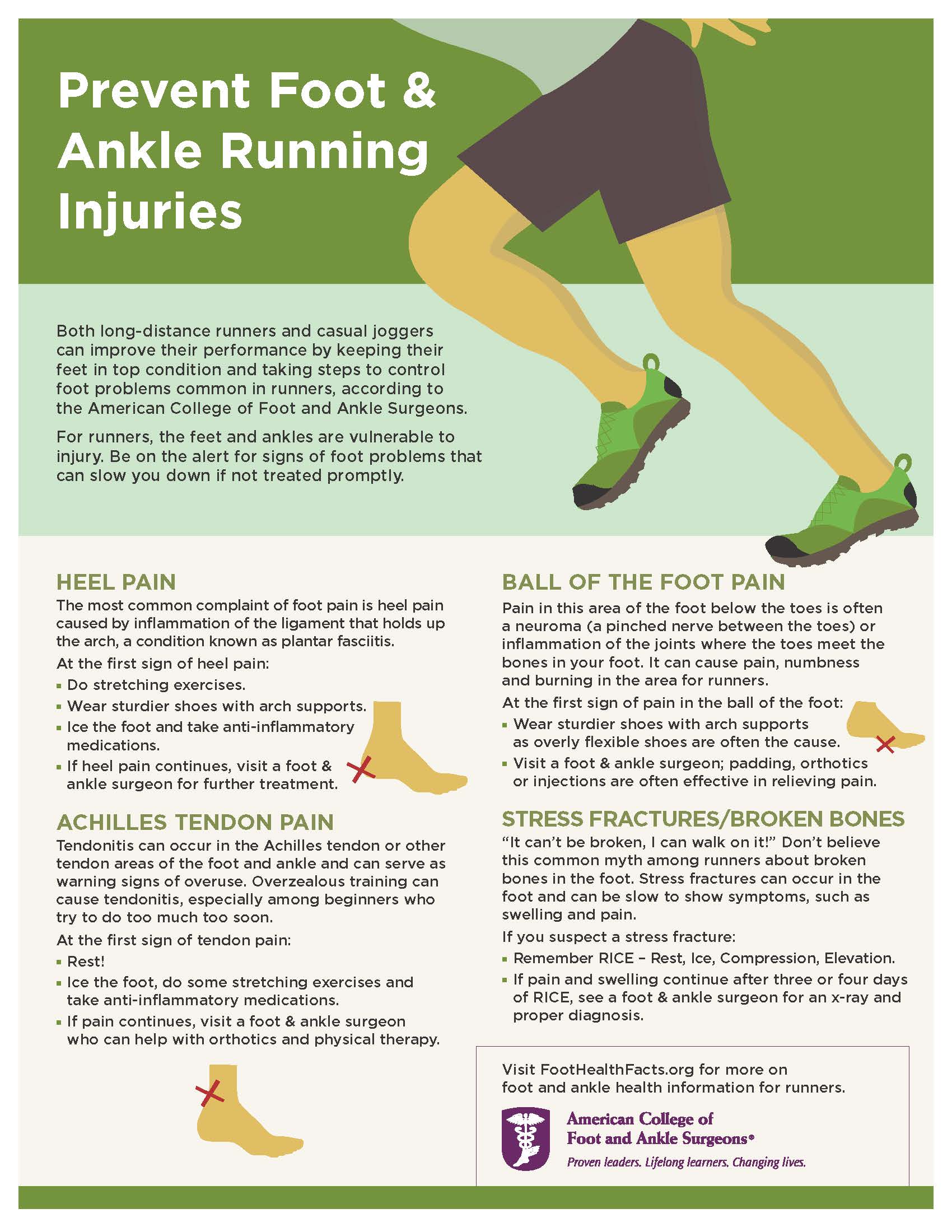
Credit: shoalcreekfac.com
Frequently Asked Questions On Achilles Pain While Running? Common Causes
Why Does Achilles Pain Occur While Running?
Achilles pain during running often occurs due to overuse, improper footwear, tight calf muscles, or sudden increase in intensity.
How To Treat Achilles Pain While Running?
Treating Achilles pain includes rest, ice, compression, elevation, stretching exercises, proper footwear, and gradually increasing training intensity.
Can Achilles Pain Lead To More Serious Injuries?
If left untreated, Achilles pain can lead to more severe conditions like tendonitis, tendinosis, or even a rupture, requiring longer recovery time and treatment.
Conclusion
Understanding the common causes of Achilles pain while running is crucial for preventing and managing discomfort. By addressing issues such as overuse, improper footwear, and tight muscles, runners can safeguard their Achilles tendon health. Remember to listen to your body and seek professional advice if pain persists.
Prioritizing injury prevention is key for long-term running success.

